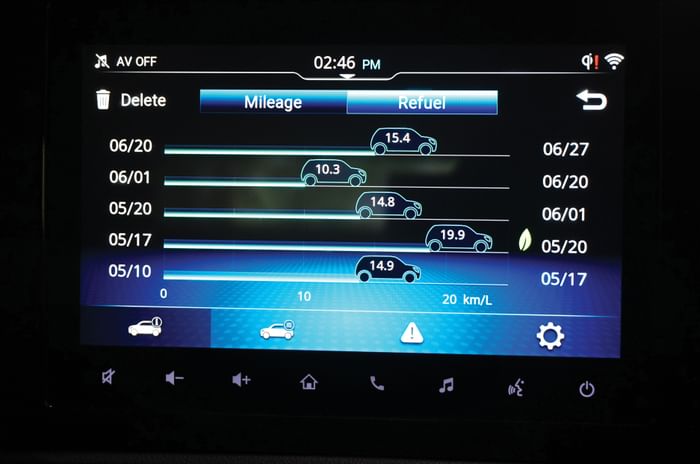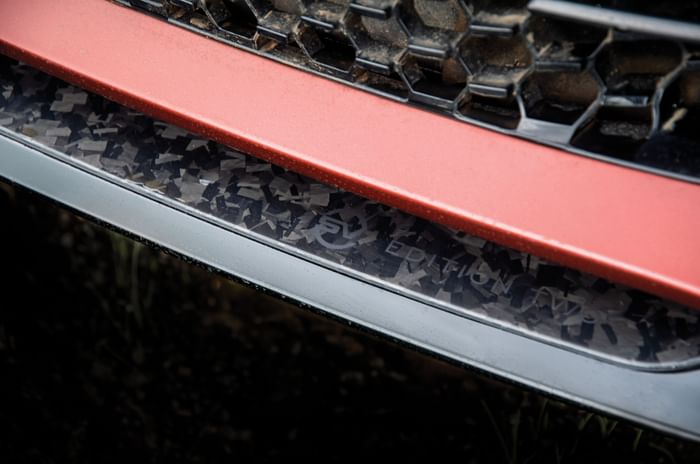
Electric vehicles (EVs) are flying off the shelves, thanks to lower emissions, rising fuel prices, and cleaner conscience marketing. But as buyers focus on range, performance, and cost, there’s another factor quietly gaining attention: magnetic field exposure in EVs, particularly inside the cabin.
Turns out, the real story isn’t just about battery fires or crash tests. It’s what’s happening around you as you drive, specifically, how close your seat is to a high-voltage cable, inverter, or traction battery. And that placement can make all the difference.
EMFs in EVs: What You’re Actually Sitting In
All electric systems generate electromagnetic fields when running. No surprise there. But in EVs and hybrids, you’re mostly dealing with extremely low-frequency (ELF) fields. These fall well below radio signals in frequency but can still interact with the human body.
In some cases, there’s also radiofrequency (RF) exposure from things like Bluetooth, Wi-Fi, and tire pressure sensors. Still, most of what matters happens in the ELF range. Here are the main culprits:
- Traction battery packs
- Inverters and electric motors
- Power and grounding cables
- Onboard chargers
- Extras like seat warmers and infotainment units
Most EMFs stay within limits set by international bodies like ICNIRP. But what’s critical (and often missed) is that field strength inside the cabin varies widely based on where components sit. Sit over a rear-mounted battery or above underfloor cables, and you might be closer to the action than you think.
Placement Matters: Field Strength by Location
Not all seats in a vehicle are created equal, at least not when it comes to EMF exposure.
Field strength varies based on how close you are to the vehicle’s high-powered components. And the differences aren’t small. Data from lab tests and on-road measurements paint a clear picture:
- Driver’s footwell? One of the hottest spots. Power cables connecting the battery to the motor often run right past it. No surprise the readings spike here.
- Back seats? These are often where kids sit and they’re not off the hook. If the battery is tucked under or behind the rear bench, ELF magnetic field levels can go up fast.
- Trunk space? If the battery pack or inverter is housed in the boot, you might see increased readings there too. Not ideal for anyone hauling pets or electronics in the back.
EMF exposure isn’t consistent across the cabin. Strategic component placement matters. So does shielding. Pushing high-voltage parts away from passengers, or separating them with proper materials, can bring exposure levels down.
Shielding and Cable Routing
Carmakers do take steps to lower EMF exposure. Some of the common tactics include:
- Twisted, shielded cables: These reduce magnetic interference by minimizing current loops.
- Metal housings: Used around inverters and power controllers to keep emissions contained.
- Smart routing: Power cables are often tucked under center consoles or non-occupied frame sections to keep them away from passengers.
But (and it’s a big but) these aren’t foolproof.
A report from the European Commission’s Joint Research Centre found that even vehicles with shielding in place can show elevated EMF levels. Rear seats were especially vulnerable under stress conditions like acceleration or climbing steep roads. So while shielding helps, it doesn’t always keep exposure within long-term safety thresholds.
How Driving Conditions Affect EMF Exposure
Component layout? Just part of the story. Real-world exposure levels hinge on how the car is actually used.
Here’s what we’re seeing:
- Hard acceleration, regenerative braking, or climbing steep hills ramps up current flow and with it, the magnetic field.
- Fast charging sends EMF levels soaring, especially near the port and the cabin spots close to it.
- In stop-start traffic, the constant switching on and off of the motor causes fields to spike and dip. This variability could have more biological effects than a steady, unchanging dose.
Even if your vehicle’s components are placed perfectly, how you drive still matters. And that’s a bigger deal for vulnerable groups (kids, pregnant passengers, or people with implants) who may be more sensitive to these shifts.
Health Risks? Here’s Why Caution Still Matters
Official bodies like WHO and ICNIRP say today’s car EMFs are within safe limits. Fair. But what about low-level, long-term exposure over years or an entire lifetime?
That’s where things get murky.
The BioInitiative Report, along with multiple epidemiological studies, links extended ELF exposure above 0.3 to 0.4 µT to a higher risk of childhood leukemia. Most cars stay below this threshold. Some don’t, particularly in the back seat.
So, what now?
That’s where the precautionary principle comes in. If there’s still doubt (and the health stakes are high), it’s smarter to dial things back. In automotive terms, that means two things:
- Follow the EMF safety guidelines already in place.
- Take it a step further. Use smarter layout choices to keep field strength low right where passengers sit.
It’s not just about passing the test, it’s about designing with people in mind.
What Automakers and Regulators Can Do
Some automakers are already taking action. A few have begun publishing EMF exposure data on select models, something that wasn’t even on the radar a few years ago.
Others are testing advanced shielding tech. SafeFields Technologies, for example, is trialing active cancellation methods that flip magnetic fields in real time using antiphase systems.
Then there’s cabin design. Some manufacturers are moving inverters away from seats or splitting battery packs between front and back to distribute EMF sources more evenly throughout the vehicle.
So what’s the job of regulators?
Plenty.
They can push things forward by:
- Setting tighter exposure targets based on the precautionary principle
- Making independent EMF testing part of vehicle safety scoring
- Requiring clear EMF disclosures for high-risk use cases like family cars or public transport
What Consumers Can Do
Most cars fall within accepted safety limits but if you’re cautious, there are practical steps you can take.
- Choose cars with rear-mounted batteries instead of under-seat packs, especially if kids will be riding often
- Step out of the vehicle during fast charging, just to be safe
- Check published EMF data where available, or bring a basic EMF meter to assess high-use seating areas
As EVs influence mobility, safety can’t stop at crash ratings. It has to cover what we can’t see too, like low-frequency magnetic fields. Design decisions matter. Inverter placement, cable routing, shielding, they all shape the in-cabin EMF footprint.
With better engineering, clearer disclosure, and a bias toward caution, automakers can keep innovation on track without compromising rider health.









